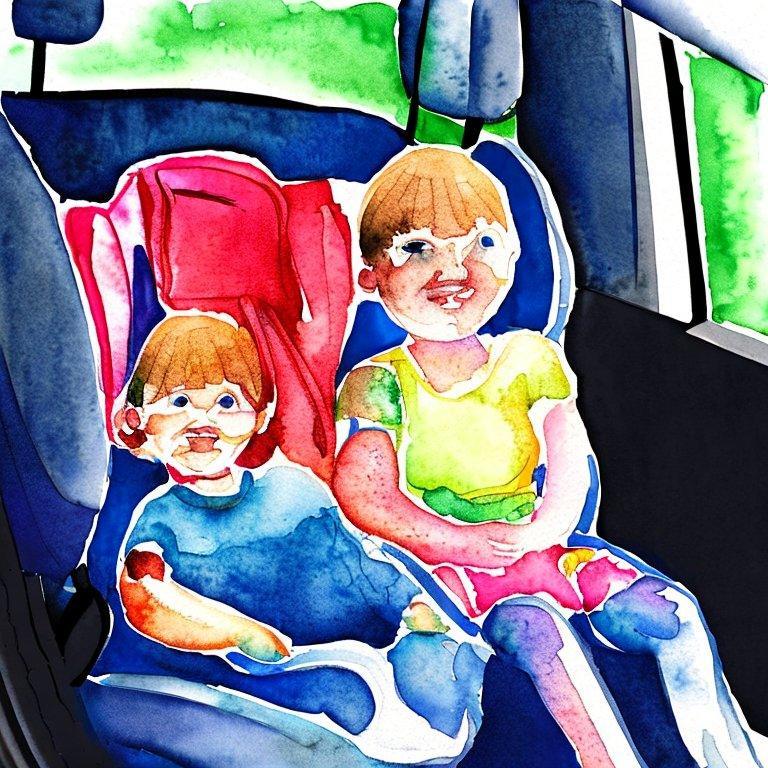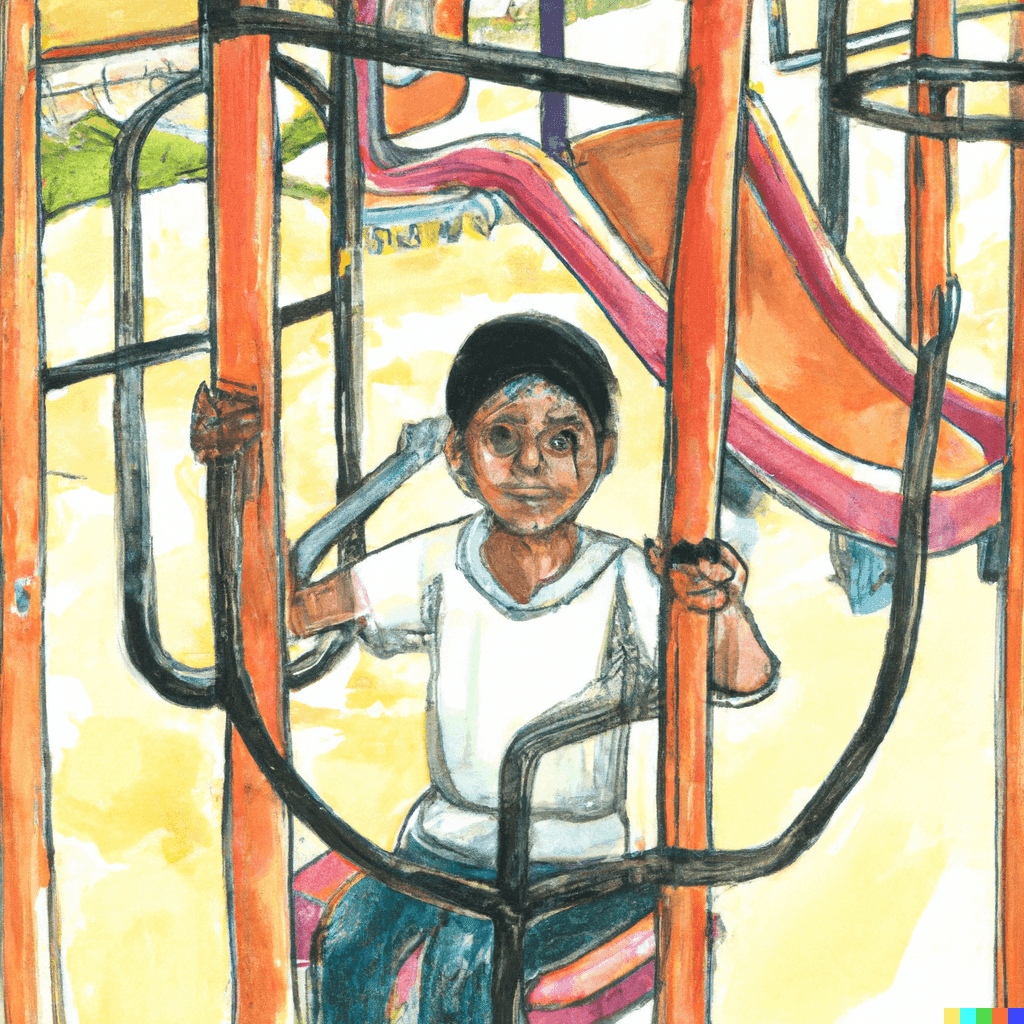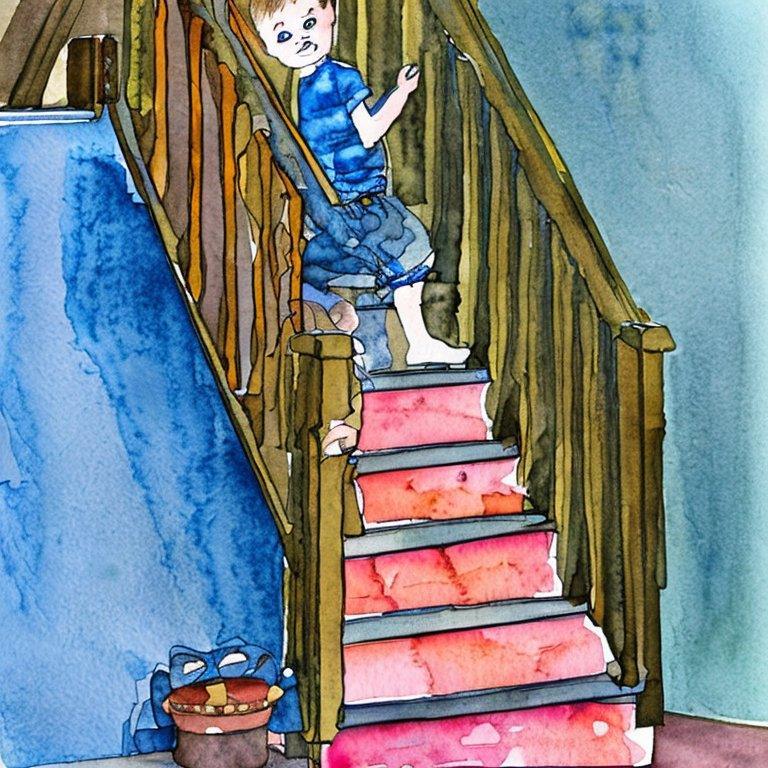What Are Children's Booster Seats? A Guide for Parents
As a parent, you want to keep your child safe at all times. One of the most important things you can do is to make sure they are properly secured in a car. That's where booster seats come in. Booster seats are an essential piece of equipment that can help protect your child in the event of a crash. In this article, we will explain what booster seats are, why they are important, and how to choose the right one for your child.
What is a booster seat?
A booster seat is a type of car seat that raises your child up so that they can use an adult seat belt safely. Booster seats are designed for children who have outgrown their forward-facing car seat but are not yet tall enough to use an adult seat belt alone.
Why are booster seats important?
Booster seats are important because they provide protection for your child in the event of a crash. Adult seat belts are designed for people who are at least 4'9" tall, but many children are not tall enough to use a seat belt alone until they are around 10-12 years old. Booster seats raise your child up so that the seat belt fits properly, reducing the risk of injury in a crash.
When should my child use a booster seat?
Your child should use a booster seat until they are tall enough to use an adult seat belt safely. The American Academy of Pediatrics recommends that children use a booster seat until they are at least 4'9" tall, which usually occurs around age 8-12.
What are the types of booster seats?
There are two types of booster seats: high-back booster seats and backless booster seats. High-back booster seats provide head and neck support and are recommended for cars without headrests. Backless booster seats are smaller and more portable, making them great for carpooling and travel.
How to choose the right booster seat for my child?
When choosing a booster seat, consider your child's height and weight, the type of vehicle you have, and the features of the booster seat. Look for booster seats that meet safety standards and have been tested for crash protection.
What are the safety features of a booster seat?
Safety features of a booster seat may include adjustable headrests, side-impact protection, and LATCH connectors. Look for booster seats with these features to ensure your child is as safe as possible.
How to install a booster seat?
Booster seats can be installed using either the seat belt or LATCH connectors. Follow the manufacturer's instructions carefully and make sure the booster seat is securely fastened before each use.
Can my child use a backless booster seat?
It depends on your child's height and weight. Backless booster seats are suitable for children who weigh at least 40 pounds and are at least 40 inches tall. However, experts recommend using a high-back booster seat for added protection and support for younger children.
How to ensure my child is safe in a booster seat?
Make sure the booster seat is properly installed in your vehicle and that your child is securely fastened in the seat with the vehicle's seat belt. The seat belt should fit snugly across your child's shoulder and chest, with the lap belt sitting low across their hips.
How long should my child use a booster seat?
The length of time a child should use a booster seat depends on their height and weight. Generally, children should use a booster seat until they are at least 4 feet 9 inches tall and weigh between 80 and 100 pounds.
When should my child use a seat belt without a booster seat?
Children should use a seat belt without a booster seat when they are at least 4 feet 9 inches tall and weigh between 80 and 100 pounds. However, it's important to ensure that the seat belt fits properly and provides adequate protection.
What are the benefits of using a booster seat?
Booster seats provide added protection for children in the event of a crash, helping to prevent serious injuries. They also help ensure that the seat belt fits properly, reducing the risk of injury in the event of an accident.
How to care for a booster seat? To care for a booster seat, follow the manufacturer's instructions for cleaning and maintenance. Generally, booster seats can be wiped down with a damp cloth or sponge and mild soap. Avoid using harsh chemicals or abrasive cleaners that could damage the seat.
How to dispose of a booster seat?
When disposing of a booster seat, check with your local recycling center to see if they accept them. If not, remove any straps or padding and cut the seat into pieces to prevent it from being used again.
Conclusion
In conclusion, booster seats are an important safety device that helps to protect children when they are riding in a vehicle. They come in different types and designs, including high-back and backless options. It is important to ensure that your child is using the right type of booster seat based on their age, height, and weight, and to follow the manufacturer's instructions when installing and using the seat. By doing so, you can help to ensure that your child is safe and protected in the event of a car accident. Remember to regularly check and replace the booster seat as necessary, and always follow the laws and regulations in your state or country regarding booster seat use.









